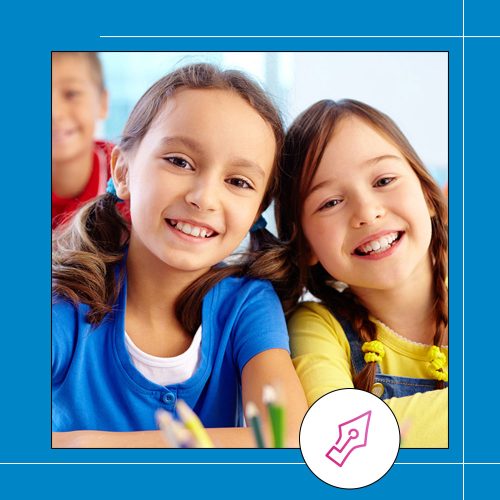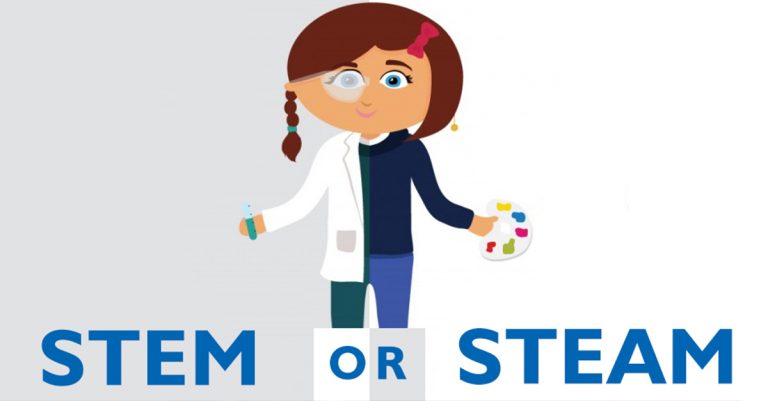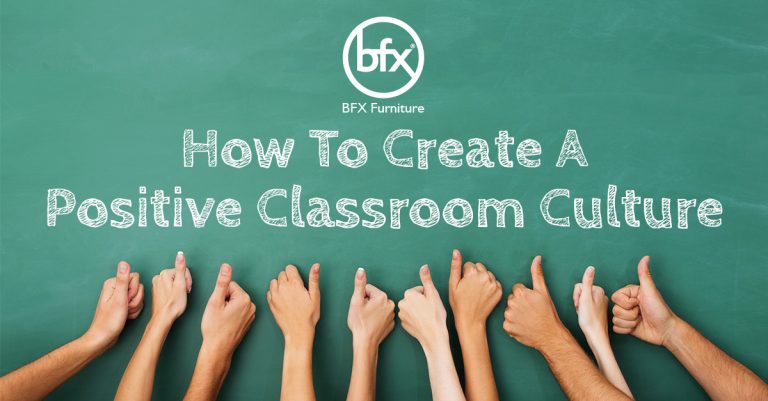Agile spaces are learning spaces that can be easily rearranged to enable learning by group work, whole class presentations, paired work or a combination.
With wheels, and interlocking shapes, classrooms can be transformed into agile spaces. Yet students need support to also be agile learners who can use these new spaces.
This article describes how some Queensland state primary school students developed into agile learners when they were invited to re-design their traditional school classroom into an agile learning space that would promote 21st century learning.
Inviting Students To Be Designers
The Principal invited year 4 students to help design their year 5 classroom.
The teacher remained with her class for two years, and guided the students through the process. The students started with a maths and technology project where they had to design their dream bedroom.
The students worked out scale and area and created shoebox models. Later in the year, the students used websites and professional readings to learn all about design principles, furniture and fittings, the psychology of colour, their own learning styles and 21st century learner capabilities.
By the end of grade 4, student teams presented proposals for the new classroom, and after budgeting and consultation with the class and Principal, the new classroom was renovated to create the new design.
What Did The Students Learn?
Students developed numeracy in drawing up scaled plans and budgets and their literacy when learning about 21st century learning with their teacher commenting half way through the grade 4 year: “They went and did some professional readings that were quite difficult for this age group, but they highlighted and used dictionaries…
They all felt so important, but they had the key words like collaboration and inclusivity and they came back and taught the other kids.
“They are wanting to have a go… It is like they are owning the learning” (Teacher).
”Students also learned about their own learning preferences, whether it was “I concentrate best sitting down”, or “I learn by talking” or “I learn best sometimes by myself or with a friend.”
This understanding of difference and empathy for others underpins several of the general capabilities in the Australian Curriculum.
While listening to the teacher was still considered important by the students at the end of their designing adventure, they saw themselves as people who could make good decisions and take responsibility for their own learning and who helped others learn too.
By the end of Year 5, learning with peers and collaborating in teams was seen as the normal way to learn, with both boys and girls commenting “We have hardly ever been by ourselves. We do lots of group work.”
Greater Awareness Of Learning Spaces And Intentional Learning
When asked why they were helping design their learning space, at first the students were unsure, or thinking they were helping by saving their teachers some work, saying in year 4 “If they do it all by themselves it will be hard work and it will take longer.”
By the end of year 5, the students had a more sophisticated understanding of the purpose behind their involvement in design, recognising that teachers may not understand that not all learners like certain textures, or colours.
There was also a developing awareness that involving students in designing their learning space was “fun and fair.”
By the end of year 5 there was an expectation that they would vote about important decisions for their class.
Most of all students noticed that the furnishings needed to be agile, and able to be moved easily for different activities.
As the students become more aware of how space can influence learning, they also developed awareness about themselves as learners. Learning was the responsibility of everyone in the class, rather than just the responsibility of the teacher.
Developing An Identity As A Powerful Learner
When learners are given opportunity and the power to make decisions over things that impact on their learning, they see themselves as capable people who are important.
The students who were involved in the design process developed their confidence as learners, as members of a class community and a school community. When the report card data and other assessment data were considered, it was clear that the students had also shown considerable improvement in their academic learning outcomes.
All of this was accomplished even before the students got to move into their new learning space. Imagine how powerfully these skills will enable the students to make the most of the agile learning spaces.
Conclusion
Consider how you can prepare your learners to use their new learning spaces.
In the new Australian Curriculum students are expected to create, investigate and apply, reflect, question, evaluate ideas, transfer knowledge to new situations, build teams, resolve conflict and contribute to reconciliation between cultures. The students who were involved in designing their learning space developed in all of these areas.














